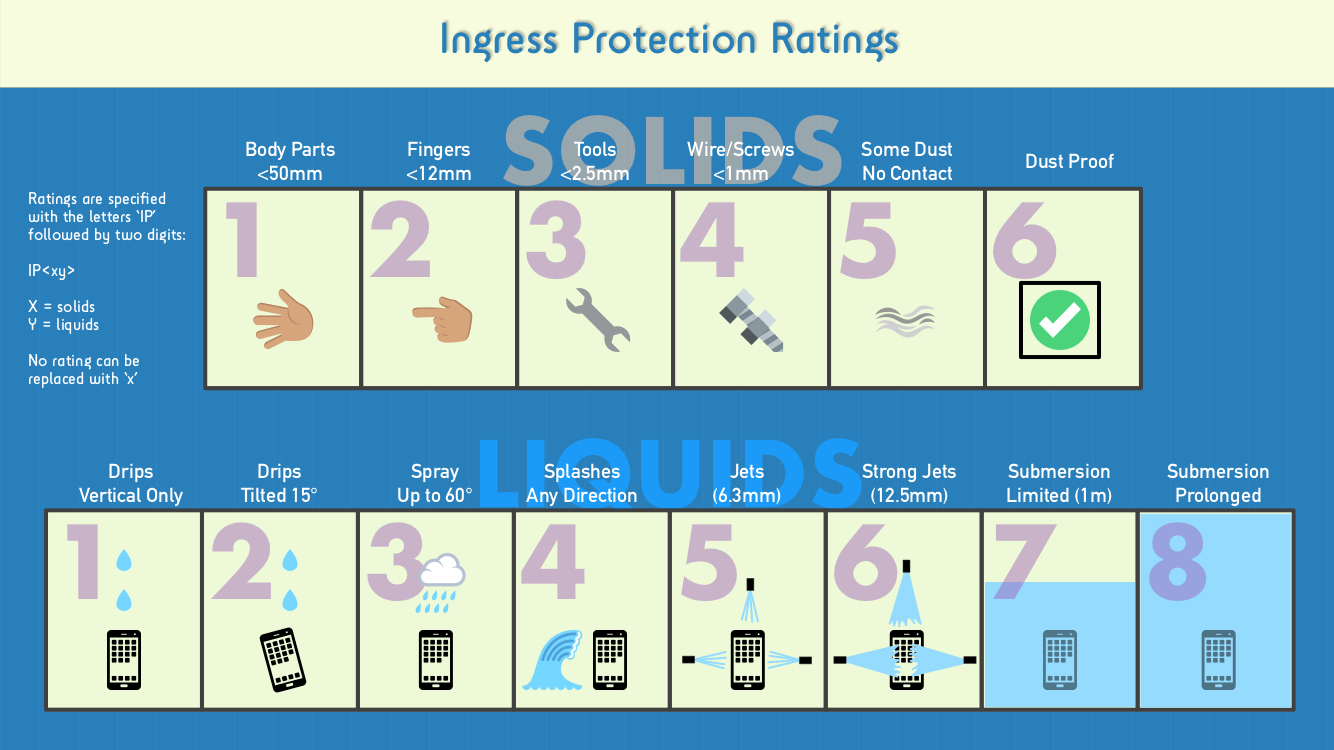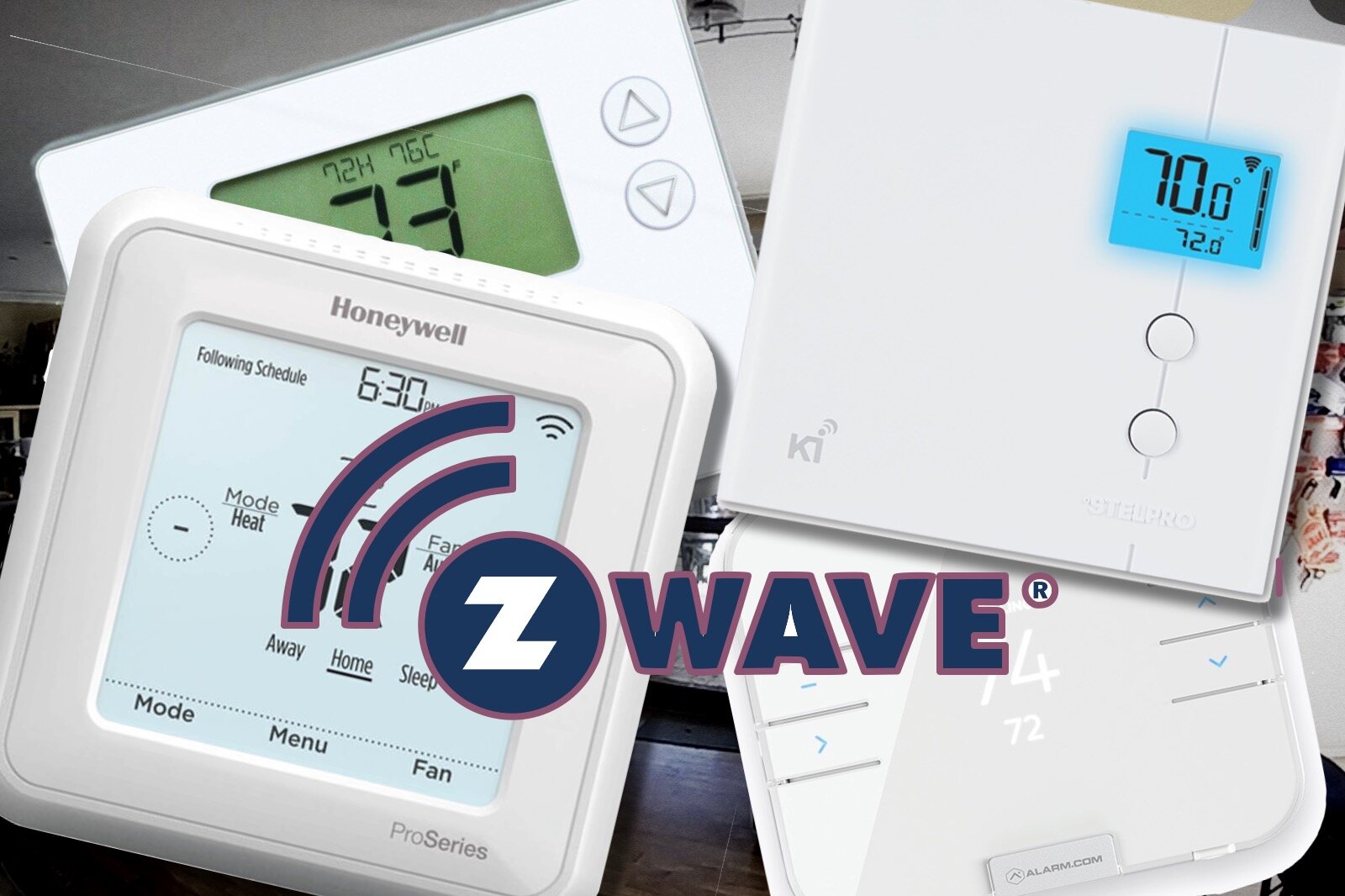What is an IP Rating
When looking at the durability of a mechanical or electronic device, it is often useful to know what conditions that device is able to withstand without damage. Arbitrary manufacturers specifications can achieve this, but it can be hard to find specifics, or to know how they stack up against other products. This is where the IP rating system comes it.
Defined by International Electrotechnical Commission standard IEC 60529, IP ratings provide a consistent way of classifying the integrity of a device enclosure, specifically for electrical equipment. The standard defines required Ingress Protection (IP) requirements to attain a specific level. This means the extent to which the enclosure prevents the entry of solids and liquids, with each tested separately.
Having an IP rating on a device ensures users know exactly what conditions the device has been tested to withstand, and avoids the risks inherent in vague or ambiguous marketing terms. Many consumer electronic devices now use this method of labelling where they are intended for outdoor use, and it’s become a lot more mainstream since it began to be used with devices like smartphones.
Looking at the chart, we can see the minimum level of moisture protection for a device intended for outdoor use is realistically an IPx3. This level allows for substantial spray from up to 60 degrees from the vertical. This effectively defines rainfall. Below level 3 the device would not be guaranteed to handle water hitting from the side.
Similarly, ‘waterproof’ really only kicks in at level 8, which allows for prolonged immersion at up to a manufacturer specified depth beyond 1m. Subsequently we see this on modern smartphones as a rating of IP68. Note that this doesn’t mean no water can get in at all, but that it can do so without causing damage to the device.











